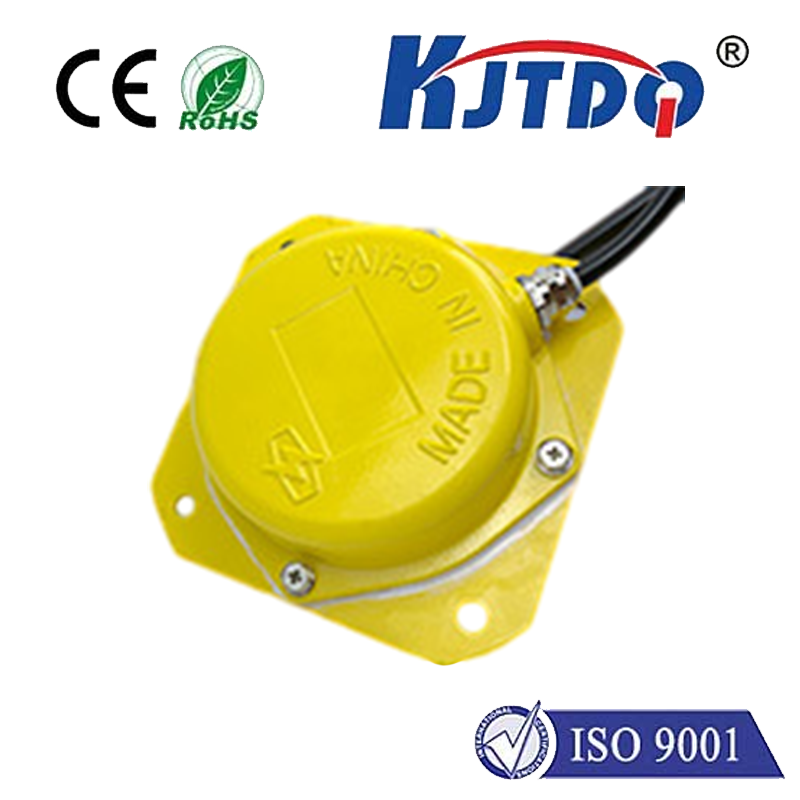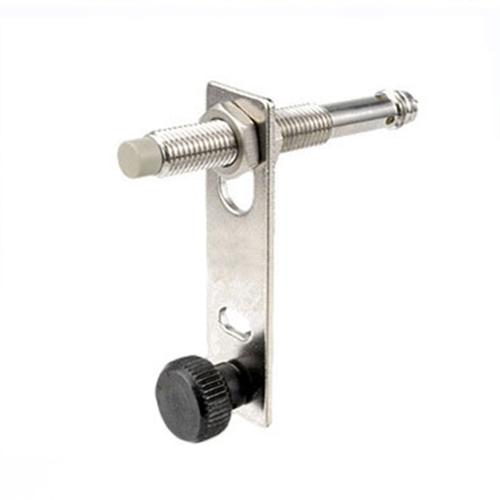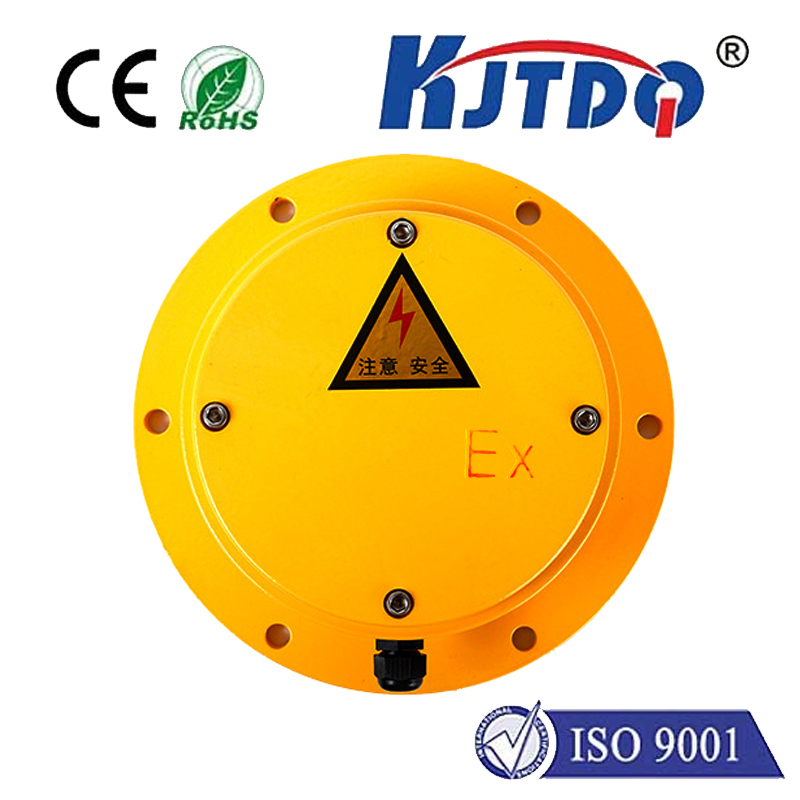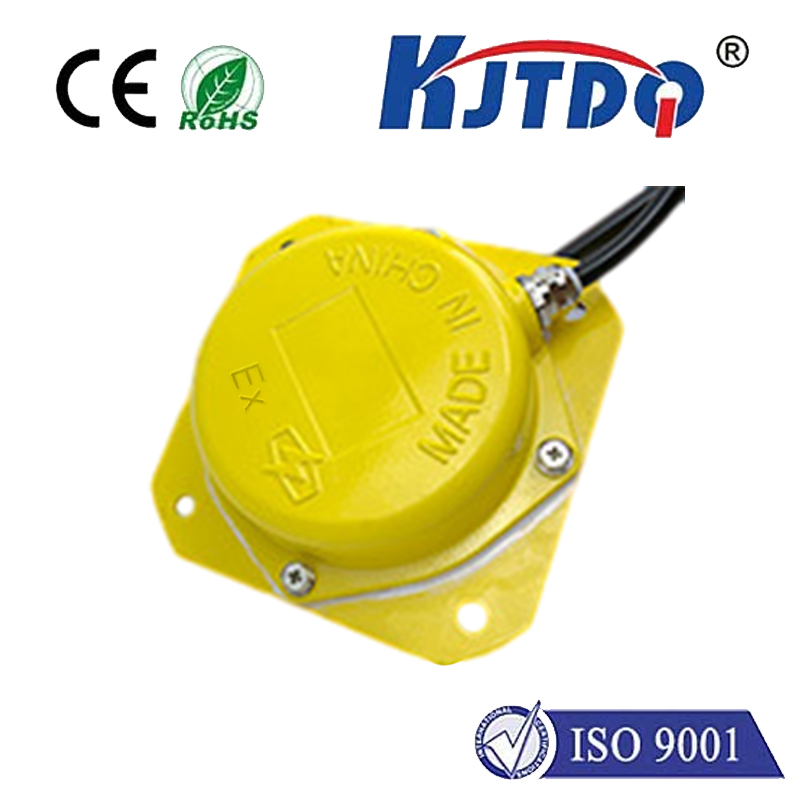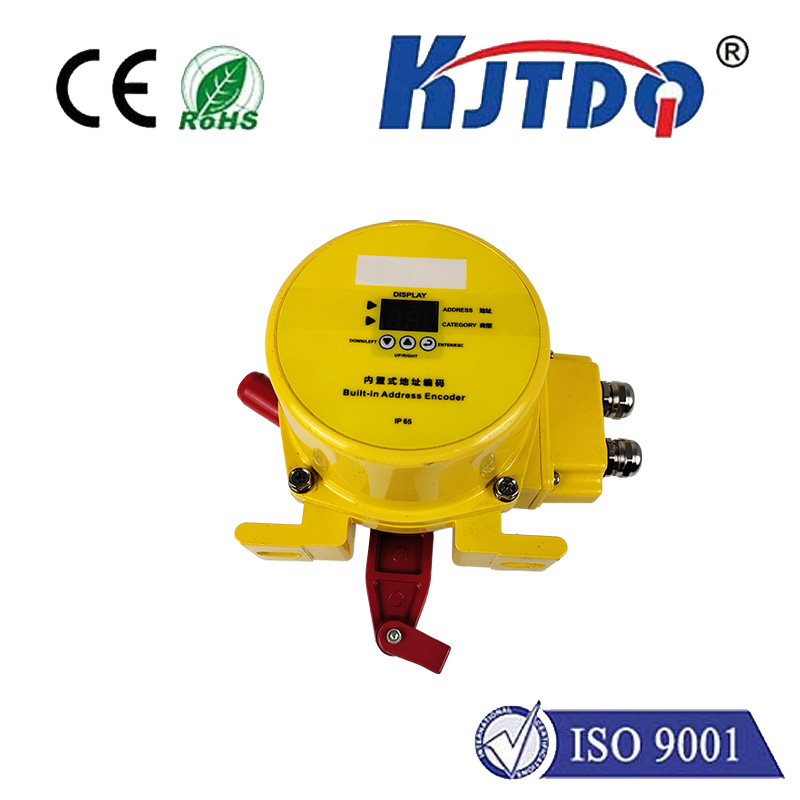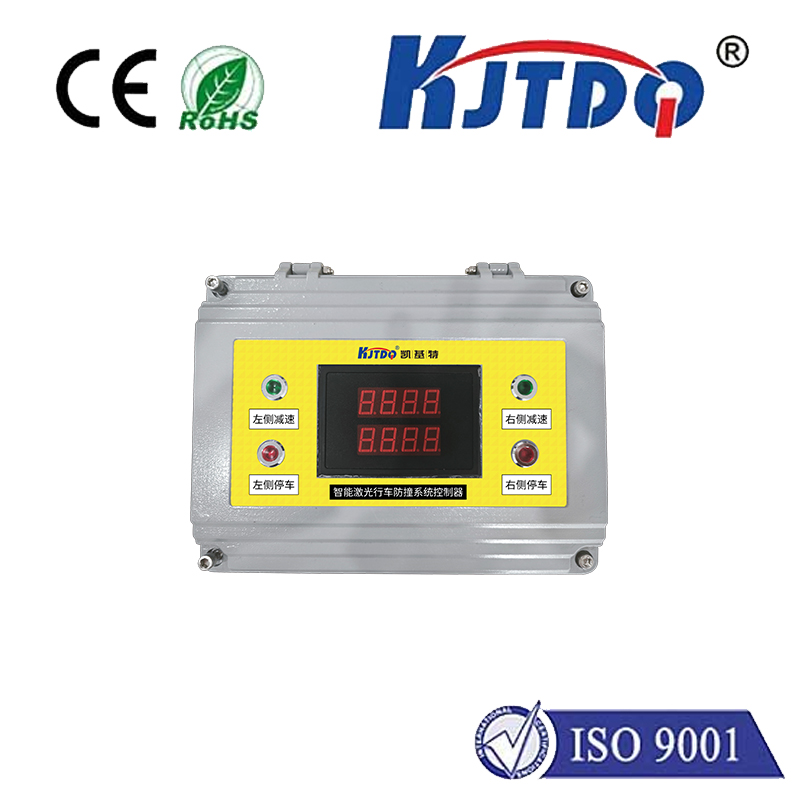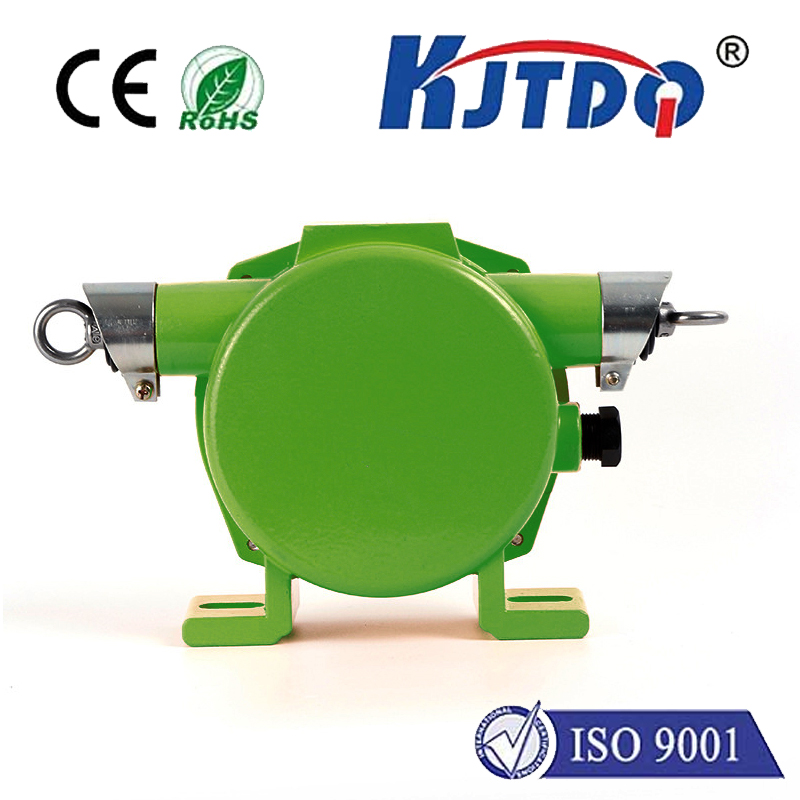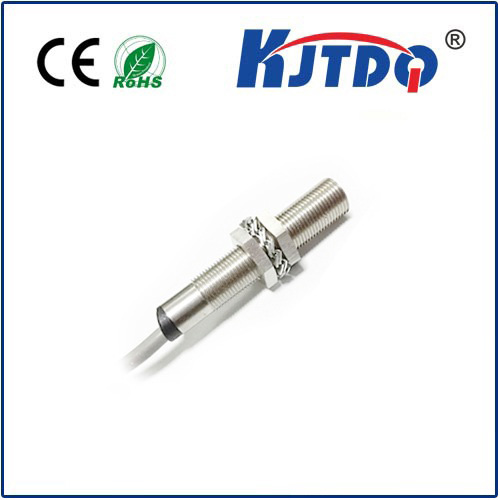mems optical sensors
- time:2025-08-15 05:02:38
- Нажмите:0
How MEMS Optical Sensors Are Powering Tomorrow’s Smart Devices
Imagine effortlessly controlling your smartphone with a wave of your hand, your car autonomously navigating a busy street at night, or a wearable instantly analyzing your health. These aren’t scenes from science fiction; they are realities increasingly powered by a remarkable fusion of technologies: MEMS optical sensors. These tiny, sophisticated devices represent a revolution in how we interact with and understand the world through light, packed into incredibly small footprints. Understanding their role is key to grasping the underpinnings of modern smart technology.
Demystifying the Tech: MEMS Meets Optics
At its heart, a MEMS (Micro-Electro-Mechanical Systems) optical sensor combines the principles of micro-scale mechanical engineering with optical detection. MEMS fabrication techniques, akin to those used for computer chips, allow for the creation of incredibly small, movable structures – mirrors, lenses, apertures, filters, or cantilevers – directly on silicon wafers. These micro-mechanical components manipulate light (reflecting, focusing, filtering, or modulating it), while integrated photodetectors convert the resulting optical signals into electrical ones that can be processed and interpreted.

This miniaturization is the game-changer. Unlike bulky traditional optical systems, MEMS optical sensors offer significant advantages:
- Dramatically Reduced Size and Weight: Enabling integration into portable devices like smartphones, wearables, and drones.
- Lower Power Consumption: Crucial for battery-operated devices, extending operational life.
- Enhanced Reliability: Fewer moving parts and robust silicon construction improve durability.
- Potential for Lower Cost: Mass production techniques can drive down unit costs.
- Higher Performance and Precision: Micro-scale control allows for incredibly fine manipulation of light paths and detection.
Where They Shine: Key Applications Revolutionized
The unique blend of capabilities offered by MEMS optical sensors has made them indispensable across a surprising range of industries:
- Consumer Electronics:
- Gesture Recognition & Proximity Sensing: Tiny infrared (IR) MEMS sensors enable hands-free control of smartphones, TVs, and smart home devices, detecting hand movements or the presence of a user near the screen.
- Autofocus & Image Stabilization: MEMS mirror actuators provide rapid, precise lens movement for sharper photos and smoother video, even in shaky conditions, surpassing traditional voice coil motors in speed and power efficiency. This is increasingly vital for high-resolution smartphone cameras and action cams.
- Ambient Light & Color Sensing: Optimizing screen brightness and color temperature based on surrounding environmental light conditions for improved user experience and battery conservation.
- Automotive:
- LiDAR (Light Detection and Ranging): Arguably the most critical application for autonomous driving. MEMS scanning mirrors are at the core of many solid-state LiDAR systems. They rapidly steer laser beams across the environment, building high-resolution 3D maps in real-time to detect obstacles, pedestrians, and road features with exceptional range and accuracy. Their small size and potential cost-effectiveness are key enablers for widespread autonomous vehicle adoption.
- Driver Monitoring Systems (DMS): IR MEMS sensors track driver attention, gaze direction, and drowsiness, enhancing safety.
- Industrial Automation & Robotics:
- Precision Distance & Displacement Measurement: Used for quality control, alignment, and robotic guidance on factory floors with high accuracy.
- Barcode & Object Scanning: Enabling fast, reliable identification in logistics and manufacturing.
- 3D Scanning & Machine Vision: MEMS-based structured light or time-of-flight sensors capture detailed 3D models for inspection, reverse engineering, and robotic manipulation.
- Healthcare & Life Sciences:
- Lab-on-a-Chip Diagnostics: Miniaturized spectrometers leveraging MEMS tunable filters or Fabry-Perot interferometers can analyze biological samples (blood, saliva) for chemical composition or biomarkers, enabling portable, point-of-care diagnostics.
- Optical Coherence Tomography (OCT): MEMS scanners enable high-speed, high-resolution imaging inside biological tissues, crucial for ophthalmology (retinal scans) and cardiology (intravascular imaging).
- Wearable Health Monitors: Potential for non-invasive monitoring of vital signs like blood oxygenation (SpO2) or glucose levels using optical techniques miniaturized via MEMS.
- Communications & Data Transfer:
- Optical Switches & Cross-Connects: MEMS mirror arrays route optical signals in fiber optic networks with high speed and reliability, forming the backbone of modern data centers and telecommunications infrastructure. Their ability to switch light paths without converting to electrical signals is highly efficient.
Peering into the Future: What’s Next for MEMS Optical Sensors?
The evolution of this technology shows no signs of slowing. Key trends driving future development include:
- Increased Integration: Combining optical MEMS components, photodetectors, control electronics, and even light sources (like VCSELs) onto single chips (Optical MEMS ASICs) for even smaller size, reduced complexity, and improved performance.
- Multi-Spectral & Hyperspectral Sensing: Moving beyond simple intensity or single wavelength detection. Advanced MEMS spectrometers capable of detailed spectral analysis will enable new applications in material identification, environmental monitoring, and advanced medical diagnostics.
- Enhanced AI Integration: Pairing the rich data streams from sophisticated MEMS optical sensors with AI and machine learning algorithms for smarter interpretation, predictive analytics, and autonomous decision-making in devices like robots and autonomous vehicles.
- Performance Breakthroughs: Continuous improvements in MEMS mirror scanning speed, angle, and precision; lower noise photodetectors; and novel optical MEMS designs pushing the boundaries of sensitivity and resolution.
- Expansion into New Markets: Further penetration into agriculture (crop health monitoring), environmental science (air/water quality sensing), augmented/virtual reality (eye tracking, projection), and smart infrastructure.
The Tiny Titans Driving Innovation
MEMS optical sensors have moved far beyond niche applications to become fundamental components shaping the future of technology. By harnessing the power of light manipulation at the micro-scale, they deliver unprecedented capabilities in sensing, imaging, and interaction – all packaged into remarkably small, power-efficient, and increasingly cost-effective devices. From enabling the dream of autonomous driving through sophisticated LiDAR to putting powerful health diagnostics in our pockets, these micro-machined marvels are truly illuminating the path towards smarter, more responsive, and more connected world. As integration advances and new functionalities emerge, their impact will only continue to grow, silently powering the intelligent devices of tomorrow.

